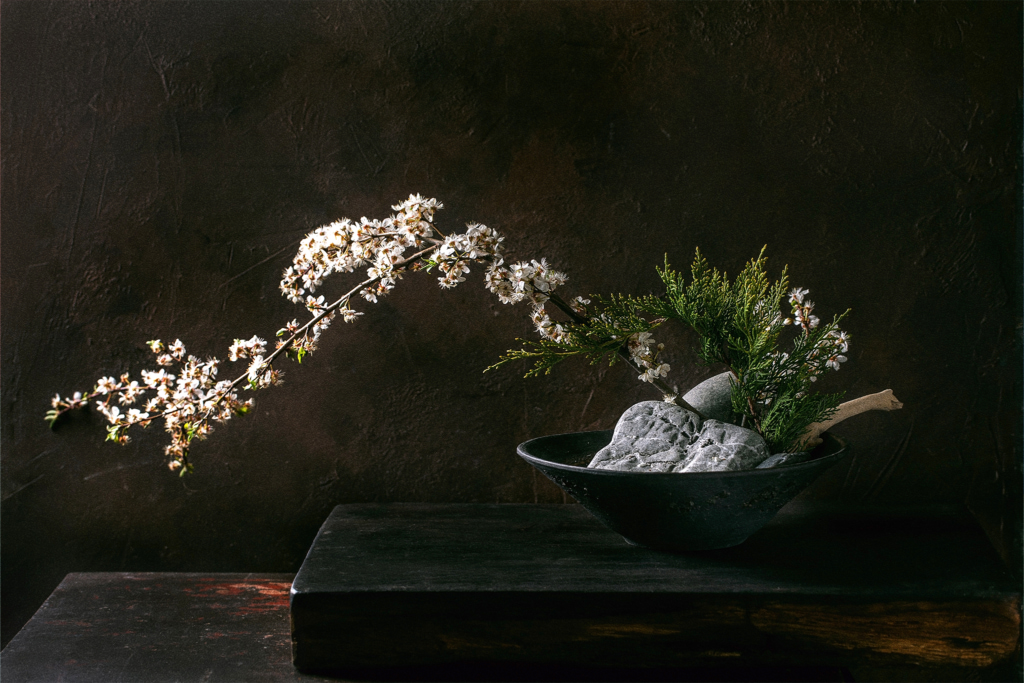It’s February and not too late to get started on your new year’s resolutions. From acting to dancing to comedy and mime, Japan has a range of traditional and non-traditional activities unique to its rich culture, all worth a try if the opportunity arises.
Each specialty comes with its own set of rules and customs, and often its own costume, too. Many professionals spend years practicing their craft, and with good reason. When done well, these activities can be amazing to watch.
1.
Butoh
Butoh is a type of Japanese dance that was developed post-war in Japan in the 1950s and ’60s. Originally named the “dance of darkness,” Butoh harnesses emotions to create a disjointed, somewhat creepy movement. Dancers paint their faces and bodies white.
It is seen as a great way to tap into inner feelings, which aren’t always the most beautiful, often leading to an outwardly clunky movement. The dance’s co-creator, Kazuo Ohno, who died at the age of 103, continued dancing with his hands when he lost the ability to walk. He proclaimed that as his body became more decrepit, his Butoh expression improved.
Where To Try Butoh in Tokyo
Award-winning dancer Emiko Agatsuma leads workshops for beginners held by Agaxart. Everybody is welcome. No prior dance experience is necessary. Visit the official Agaxart website for more information on upcoming classes.
2.
Rakugo
Rakugo is a very old type of comedic story which began in the 17th century. Still popular to this day, it features a single rakugo performer onstage with only a fan and a towel for props. Rakugo is pretty similar to stand-up comedy, except the comedian is sitting down.
The rakugo performer will act out an original or classic monologue, often playing two or more characters. Examples of classic monologues include a story of two fishermen — one of whom thinks he finds the other dead, so runs to tell him.
Classic rakugo stories generally feature simple themes, and the key to becoming successful at performing it is the ability to switch seamlessly between different characters. The thing which distinguishes rakugo from stand-up comedy is its classic-story theme, although many current rakugo artists also perform their own unique tales.
Where To Try Rakugo in Tokyo
Canary offers rakugo classes in English for those keen to give it a try. It holds lessons mainly on weekends at the Tokyo Art Center and Oedo Ryogoku-tei. See the Canary website for more information.
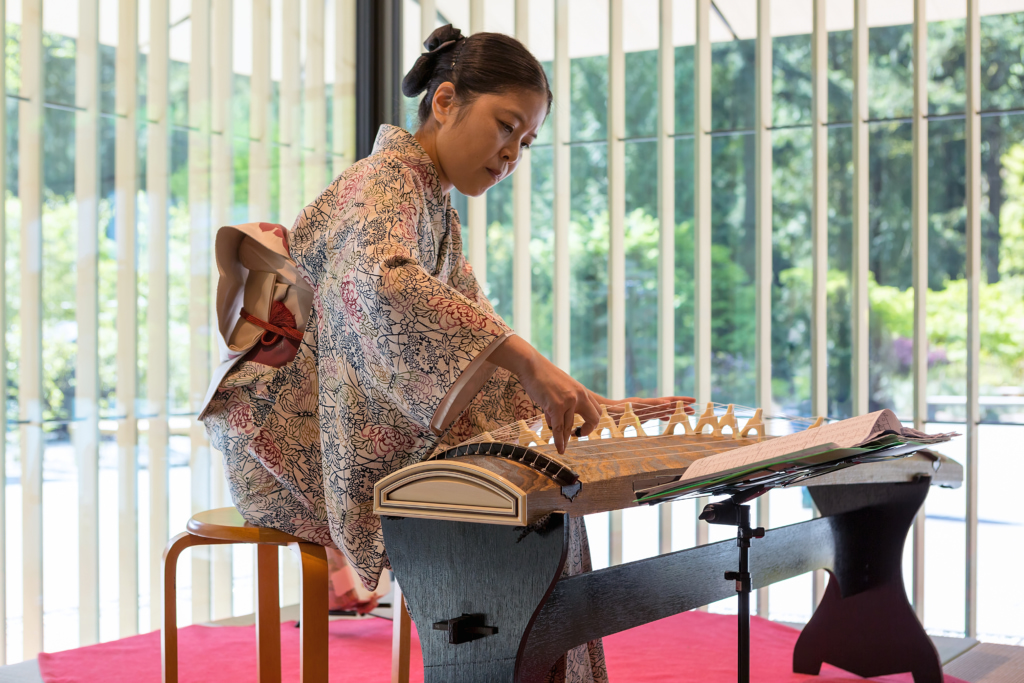
Koto playing | Photo by PL-Designs via Shutterstock
3.
Gagaku
Gagaku is entertainment from the imperial court, dating back to the 10th century. It incorporates a range of instruments and dances that were popular at the time, from kagura dance through to taiko drums.
These days, gagaku is a UNESCO-certified art form, and there is interest in it from across the world. By themselves, gagaku components are equally compelling, from the sho flute to kagura dances.
Where To Try Gagaku in Tokyo
The Japan Gagaku Society holds regular gagaku lessons for beginners. For details on each course and registration information, visit the Japan Gagaku Society website.
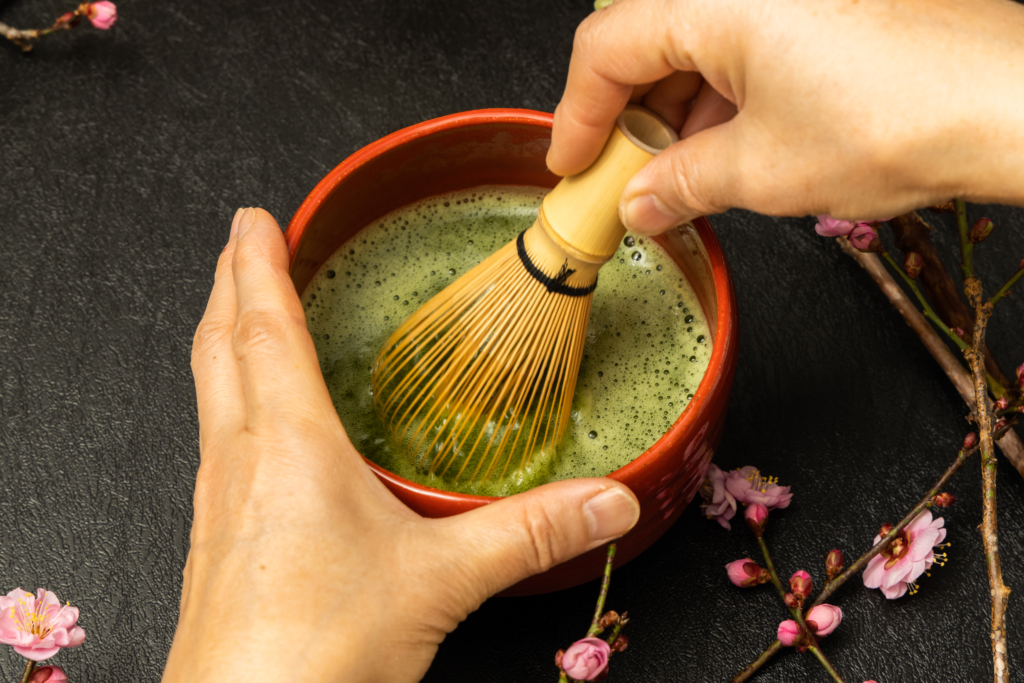
4.
Tea Ceremony
Japan is famous across the world for its reverence towards matcha. The tea itself came from China and was developed into a ceremonial type ritual in the 12th century by Buddhist monks, as a form of meditation.
It gradually became popular throughout Japan as members of the noble classes began to cotton on. They started to hold competitions to guess the type of tea. The tea ceremony today is fixed with a set of extremely strict steps, which involve preparing and serving the tea, even down to which socks to wear. Tea ceremony training is said to calm the mind and help people focus.
Where To Try a Tea Ceremony in Tokyo
There are many places where you can participate and learn more about tea ceremonies in Tokyo. Our recommendation is Shizu-kokoro, a school licensed by Urasenke in Kyoto, which offers lessons in English. For more information, visit the Shizu-kokoro website.
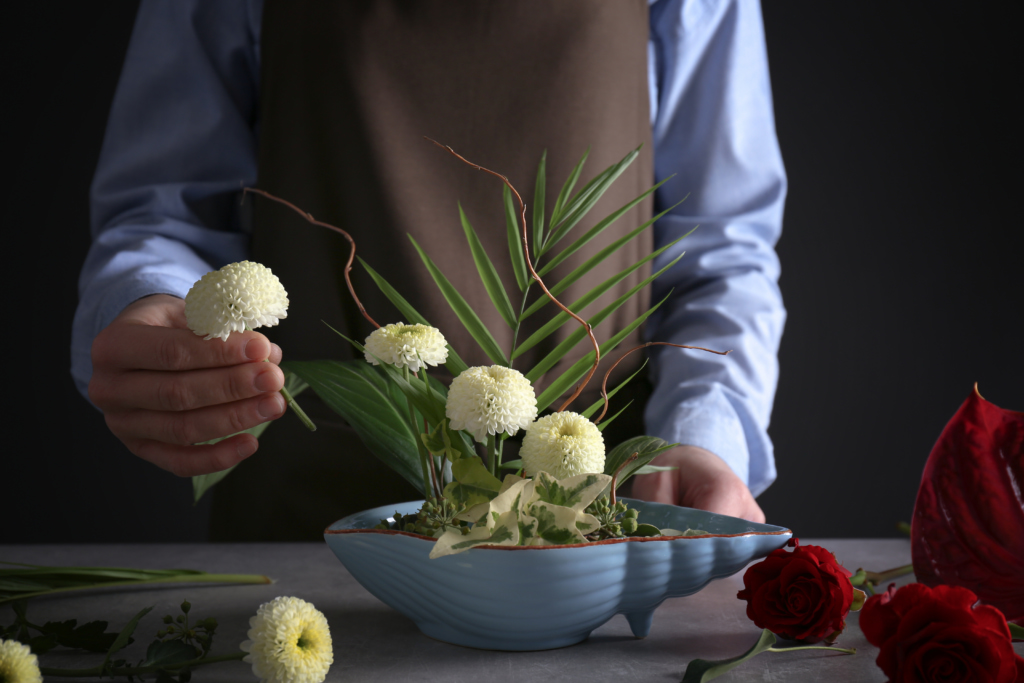
5.
Ikebana
Ikebana, also known as kado, is different from its western counterparts in that it emphasizes space and creativity. Flowers are arranged, balanced and teased into fantastic shapes, highlighting the beauty of their natural form. Because the components of ikebana are minimal, each part is important and forms a significant basis of the final ikebana structure.
Where To Try Ikebana in Tokyo
As with tea ceremonies, there are many places to try ikebana in Tokyo. The Sogetsu School of Japanese Flower Arrangement has regular lessons held at StudioF for Tokyo residents and travelers alike.
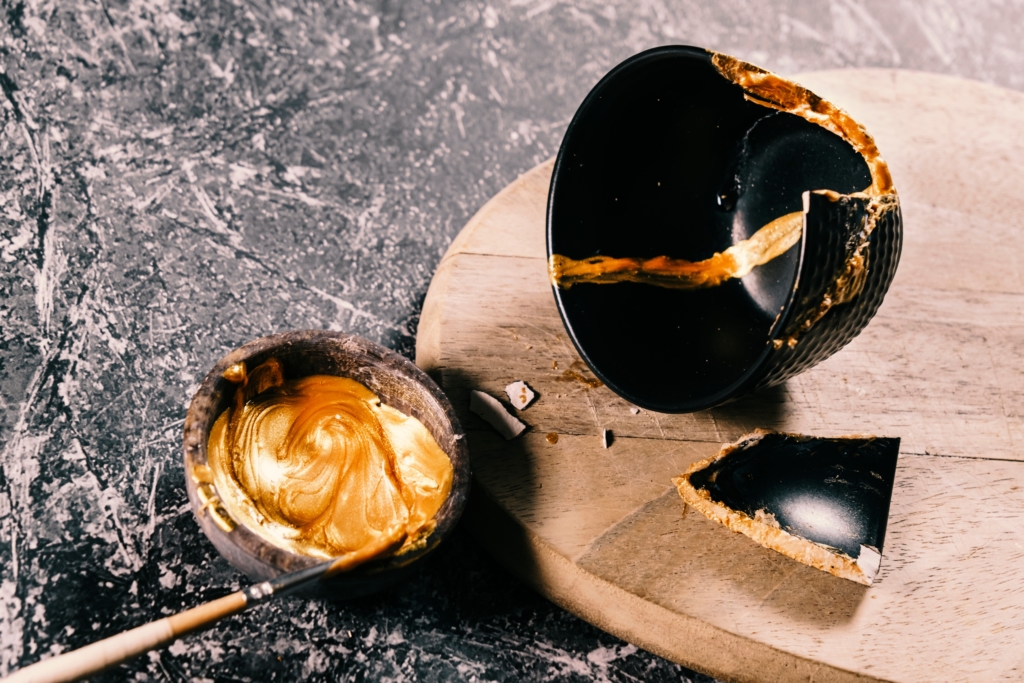
6.
Kintsugi
Kintsugi is a type of mending that encourages us to appreciate flaws, joining broken pottery or crockery back together with gold to highlight its beautiful cracks.
Kintsugi is a painstaking process, and it can take a long time to learn how to do it well. Mixing the lacquer into the correct ratio to keep its shine takes precision. Applying the color onto the lacquer takes yet more time to master. But once the art of kintsugi is mastered, you’ll never have to throw away broken crockery again, especially as modern kintsugi sets can be safe to eat from.
Where To Try Kintsugi in Tokyo
Tsugu Tsugu offers three kinds of kintsugi workshops that range from 60 to 90 minutes. It has a studio in Ebisu and another in Asakusa. For details and registration, check out Tsugu Tsugu’s official website.
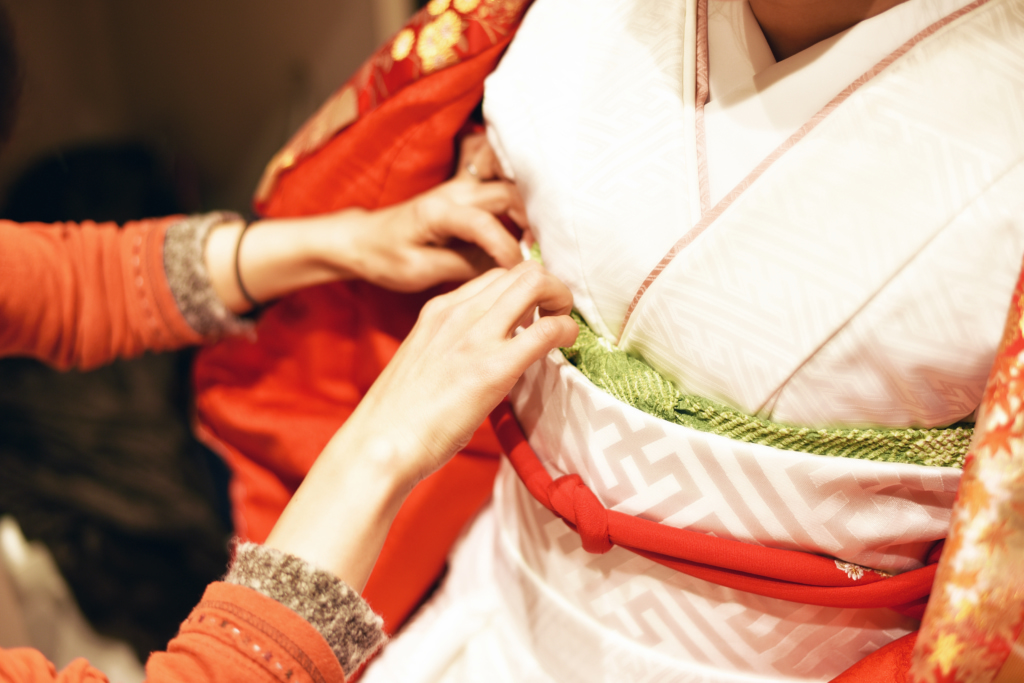
7.
Kimono Dressing
Japanese people love it when others share their culture of kimono dressing. Contrary to what it may seem, wearing a kimono involves many complicated steps, including undergarments, folding and tying.
Learning the art of kimono dressing takes years, but once it is mastered, going out in a kimono to special events is a great way to turn heads and show appreciation for Japanese culture.
Where To Try Kimono Dressing in Tokyo
Naganuma’s kimono dressing courses are a great place to learn more about this aspect of traditional Japanese culture. These courses are a little bit more of a commitment, but they are worth it if you want to graduate in three or four months with a fresh set of skills.
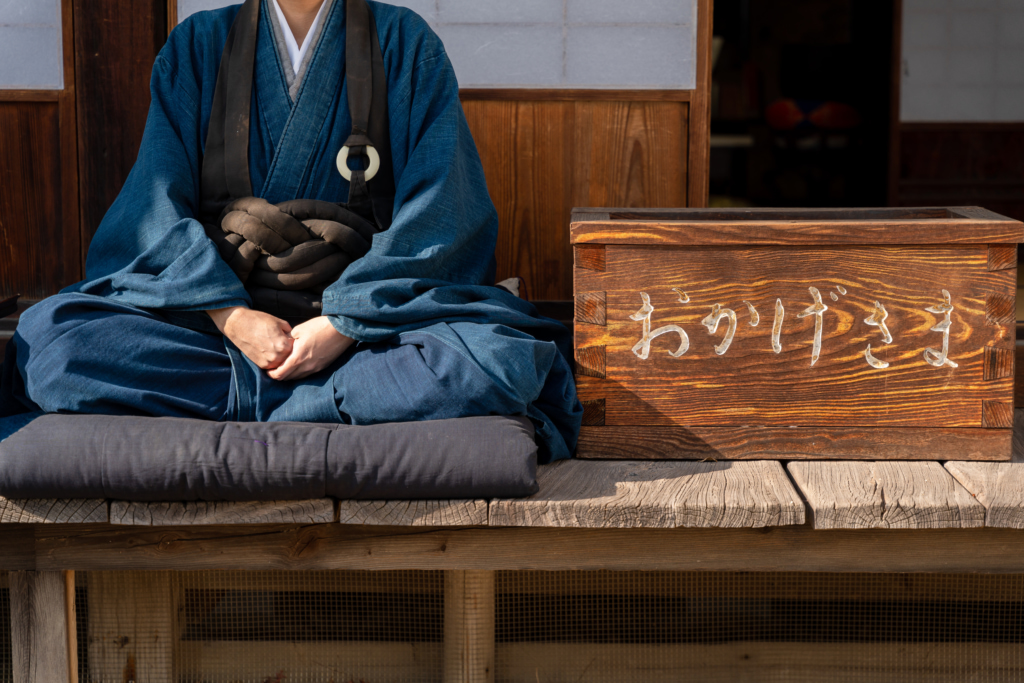
8.
Zazen
Zazen — literally, seated meditation — is the Buddhist art of finding inner peace. While not limited strictly to Japan, the Japanese style of mediation is perhaps the most globally known.
Students sit in a slightly raised, cross-legged (lotus) position and try to clear their minds of any thoughts, which is a lot more difficult than it sounds.
Where To Try Zazen in Tokyo
Many temples hold Zazen classes or sessions. Tokyo Weekender has a full list of recommendations online.
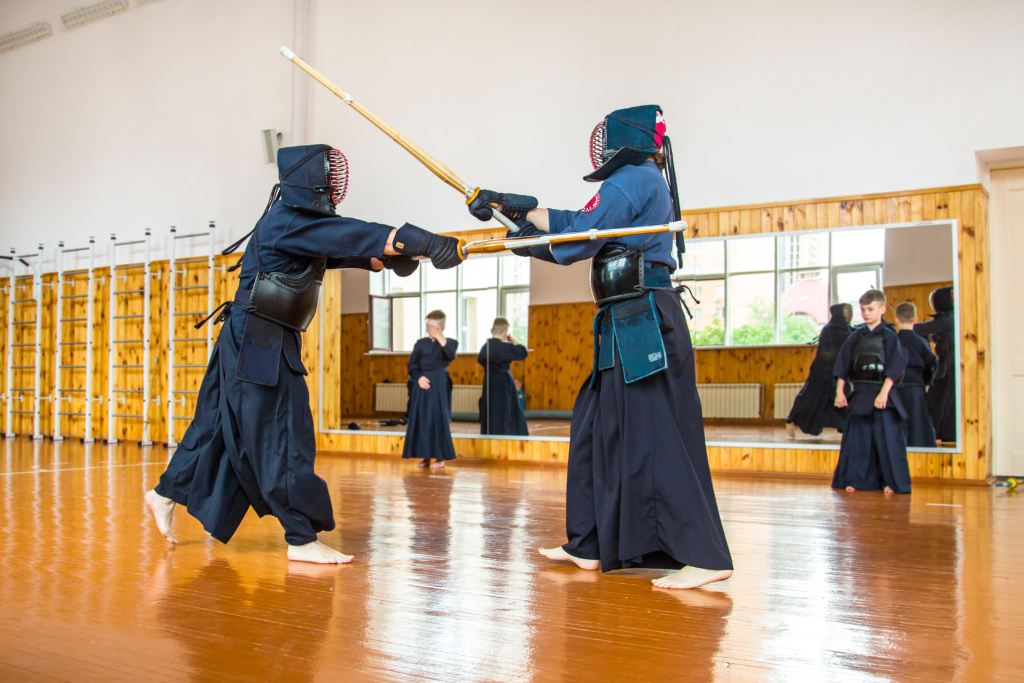
9.
Kendo
Kendo is Japan’s answer to fencing. The rules are strict, you wear a mask and uniform and you poke your opponent with a long, pointy thing.
Rather than a steel sword found in fencing, in kendo the sword is made of bamboo. This allows for more direct combat. And kendo fights can get pretty intense. It values discipline and training, teaching both restraints and when to let go. It’s great for the mind and the body.
Where To Try Kendo in Tokyo
The Tokyo Kyumeikan Kendo Dojo has been hosting kendo classes since the 1950s. It welcomes students of all ages with no prior experience required. For residents, this is a great way to meet new people with common interests. For more information, visit the official Tokyo Kyumeikan Kendo Dojo website.
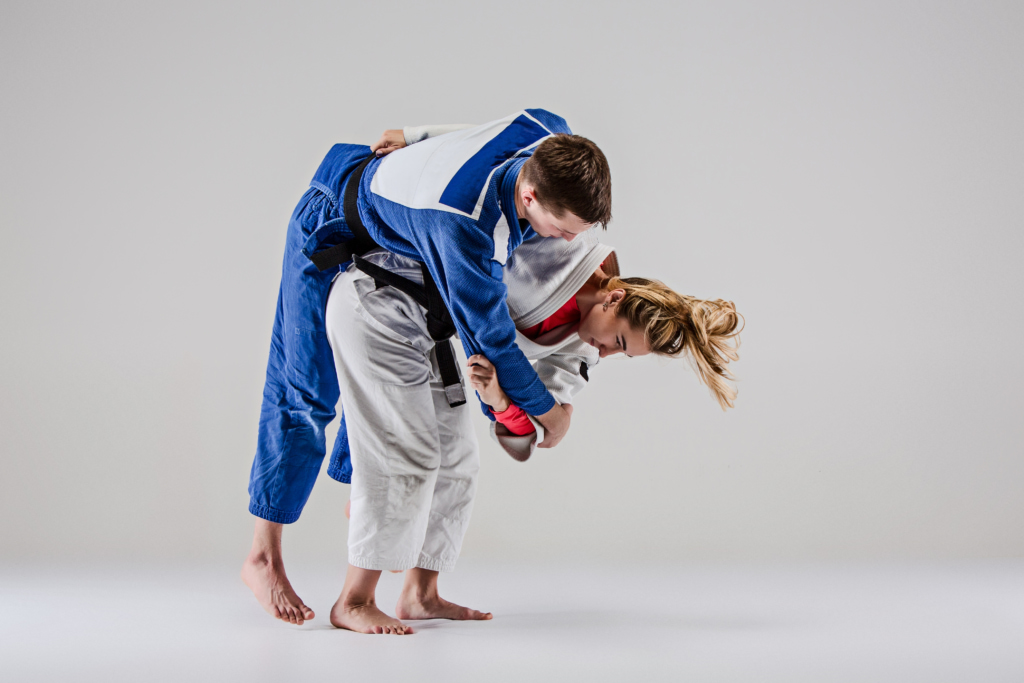
10.
Judo
Japan has dominated judo at the Olympics since it was first introduced back in 1964. The sport derived from the country’s takenouchi-ryu martial arts system, founded in 1532. Master Jigoro Kano then established Kodokan judo 350 years later.
Unlike karate, another of Japan’s lauded martial arts, judo is known as a soft martial art, consisting of full body movements against an opponent, rather than a hard martial art which consists of strikes straight at the opponent. So, no punching or kicking.
Judo was developed primarily as a self-defense technique, so it is perfect for anyone feeling a little vulnerable or those who want to get one-up on anyone trying to steal their phone in the street.
Where To Try Judo in Tokyo
There are many dojos around town, but we recommend training at the Kodokan Judo Institute near Korakuen. There are classes for children and adults alike. Those who might have done some judo in the past can also sign up for a practice-only membership.

